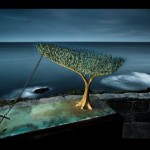
You’ve probably seen the effect of camera blur (moving your camera, giving a fuzzy, streaky effect), zoom blur (by zooming during an exposure, I have a modest example here), and motion blur (something moving on camera). But what do you reckon would happen if your scene isn’t moving, your camera is firmly locked down on a tripod, but your light-source moves?
Well, if you can imagine such a thing, you’ve just imagined the bright art of painting with light. I’ve spoken to my good friend Brent Pearson who is ‘a bit good’ at this light painting malarkey, in the same way that Pele is a bit handy with a Football, and Antonio Lucio Vivaldi knew a thing or two about chord progressions.
“I have enjoyed landscape photography for almost 30 years”, Pearson told me in a recent interview. “However over the past few years my landscape photography has evolved and I’ve started doing more and more long-exposure photography.”
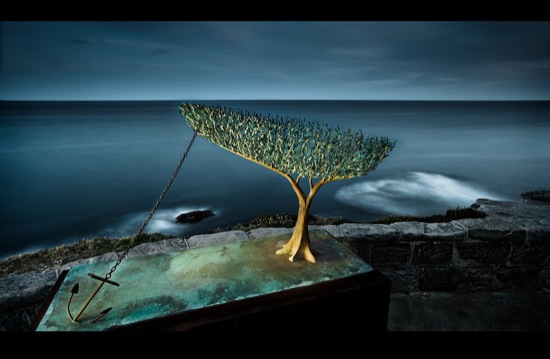
It was as part of this long-exposure work that I first ‘discovered’ Pearson – he has an amazing way of combining the zen-like peace of landscapes with the chaos of motion and light.
Getting into light painting
“I enjoyed capturing the movement in landscapes and the abstraction that long exposures introduced to my images allowing me to simplify my compositions.”, Pearson explains. Night-time landscape photography was the natural extension of that work
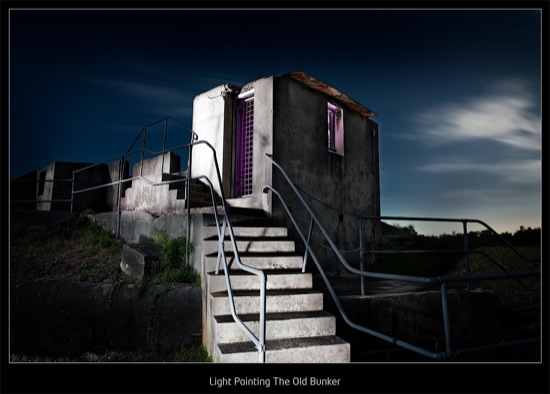
Of course, landscapes are tricky enough when they’re done during the day – take away the sunlight, and you’re up against a whole new set of challenges. “Composing and focusing when you can’t see through the viewfinder is tricky”, Pearson laughs, but obviously there are issues beyond merely not being able to see what the hell you’re doing, like the challenge of calculating your exposure at night without the aid of a light meter, and managing noise of long exposures with a digital SLR.
“With a reasonable amount of experimentation and trial and error I started understanding the techniques that would give me consistent results at night and wanted to continue exploring and experimenting with night photography.”, Pearson explains “… And that is how I was introduced into the world of light painting.”
Light painting is a term that often associated with the creation of light trails in an image, however there is a totally different type of light painting that offers the landscape photographer unprecedented levels of creativity – the painting of landscape images using light sources that are not visible to the camera.
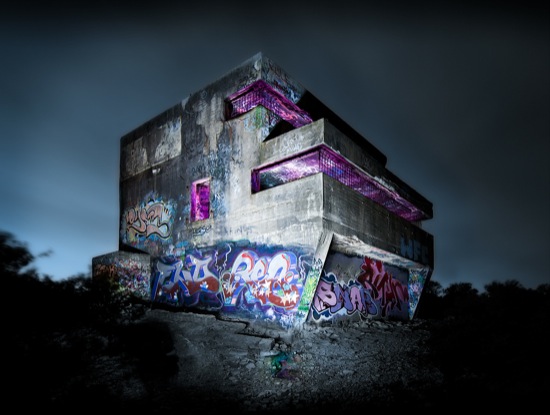
“By photographic standards, this is the Wild West!”, Pearson claims, “There are new frontiers to explore and new trails to blaze. There aren’t many photographers doing this type of photography… perhaps because of the technical challenges associated with photographing at night, or perhaps because there are not a lot of comprehensive guides or manuals to help photographers climb the learning curve without becoming frustrated. ”
The Benefits of Landscape Lightpainting
By having control over the light, light painting is like unleashing the control and creativity of studio photography into the outdoors. With the long exposures that are associated with night photography, you are not limited to lights being statically positioned; “free to wander around a scene with various light sources literally painting landscape features with light means you get a completely different level of creative control.”, Pearson says, and lists off some of the extra control you’re granted by taking the camera outside in the dead of night:
You get the chance to control the direction and intensity of light, the quality (by changing your light sources) of the light, and the focus and colour as well, by using light painting techniques, coloured gels, ‘barn doors’, etc
In post-production you also have incredible control to blend your light painted images together with the control of a lighting director using a light mixer.
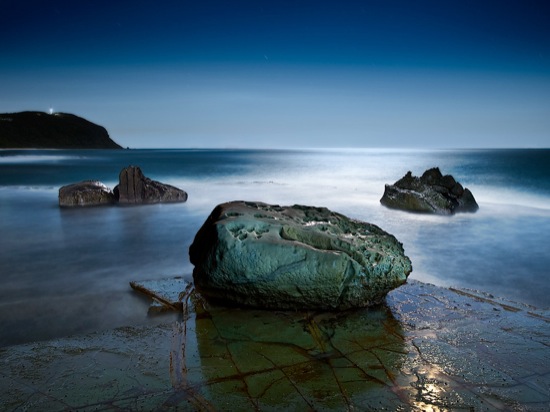
Getting started with light painting
Probably the most important component of light painting is the light source(s) that you use.
“Over the past 12 months I have been trialling a variety of light sources from the humble house torch through to home-built high powered light sources that emit a very even high-quality light”, Pearson says. “My light painting kit now includes three light painting tools: My workhorse light which is a high powered fluorescent light, my camera flash unit, which is great for lighting interiors with colour, and my high-powered head torch LED that can light objects up to 80m away.”
Learn from the master
Pearson has been noticed, and is often approached by people who want to learn the tricks of the trade. “I’ve had numerous photographers ask me how they can learn how to light paint landscapes.”, Pearson says. Like any good teacher, he decided to seize the opportunity and run with it: “I have finally put together a comprehensive step-by-step guide to night photography and landscape light painting” – which is available on his Night Photography Guide website.
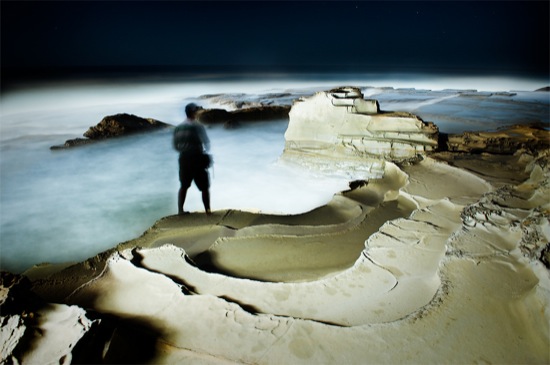
“If you feel like your ready for the next photographic challenge”, Pearson concludes, “then I urge you to get out at night and start discovering a new photographic world!” – and I couldn’t agree with him more! Get over to Brent Pearson’s site and grab a copy of his eBook – it’s well worth the cash, I reckon!
If you’ve taken any light-painted landscapes (or any other style of photography for that matter), do post a comment with the URL in the comments below – I’d love to have a look!
Do you enjoy a smattering of random photography links? Well, squire, I welcome thee to join me on Twitter - Follow @Photocritic
© Kamps Consulting Ltd. This article is licenced for use on Pixiq only. Please do not reproduce wholly or in part without a license. More info.





